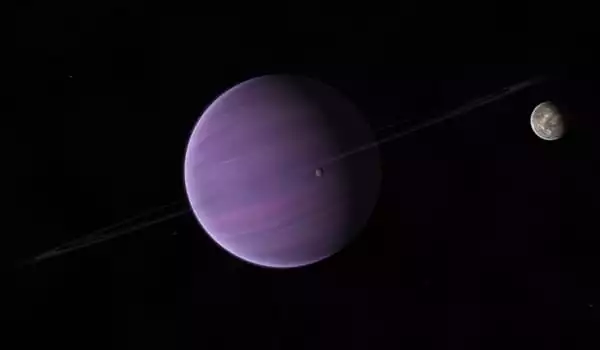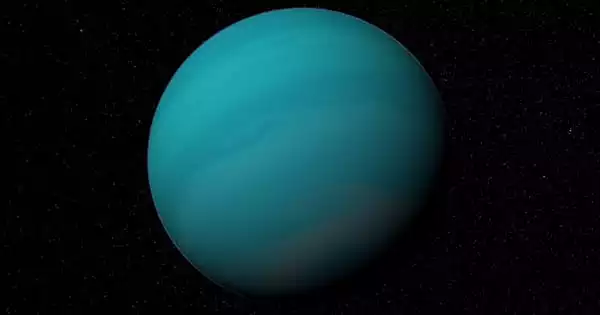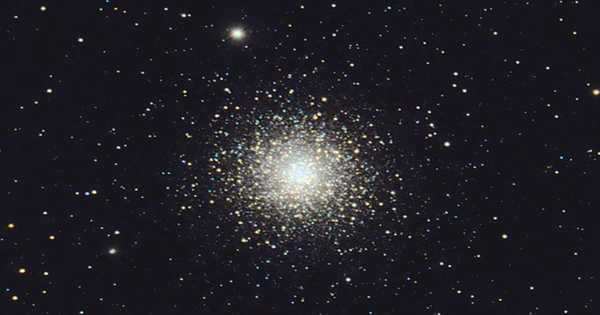Gliese 876 b is an M-type star-orbiting gas giant exoplanet. It is an exoplanet that revolves around the red dwarf Gliese 876. It completes one orbit in about 61 days. It has a mass of 2.2756 Jupiters, takes 61.1 days to complete one orbit around its star, and is 0.208317 AU away from it. In 1998, it was announced that it had been discovered. Gliese 876 b, discovered in June 1998, was the first planet discovered orbiting a red dwarf.
Discovery
Geoffrey Marcy announced Gliese 876 b for the first time on June 22, 1998, at an International Astronomical Union symposium in Victoria, British Columbia, Canada. Data from the Keck and Lick observatories was used to make the discovery. He was shown an e-mail from the Geneva Extrasolar Planet Search team confirming the planet only two hours after his announcement.
The Geneva team used telescopes from France’s Haute-Provence Observatory and Chile’s European Southern Observatory. It was discovered, like the majority of early extrasolar planet discoveries, by detecting variations in the radial velocity of its star caused by the planet’s gravity. This was accomplished through the use of sensitive measurements of the Doppler shift of Gliese 876 spectral lines. It was the first discovered of four known planets in the Gliese 876 system.

Mass, radius, and temperature
Given its mass, Gliese 876 b is most likely a gas giant with no solid surface. Because the planet was only discovered indirectly through its gravitational effects on the star, properties such as its radius, composition, and temperature are unknown. It is predicted that the atmosphere of Gliese 876 b is cloudless, assuming a composition similar to Jupiter and an environment close to chemical equilibrium, though cooler regions of the planet may be able to form water clouds.
The radial velocity method used to detect Gliese 876 b has the limitation of only providing a lower limit on the planet’s mass. This lower limit is approximately 1.93 times Jupiter’s mass. The true mass is determined by the orbit’s inclination, which is generally unknown. However, because Gliese 876 is only 15 light years away from Earth, Benedict et al. (2002) were able to detect the astrometric wobble caused by Gliese 876 b using one of the Hubble Space Telescope’s Fine Guidance Sensors.
Gliese 876 b’s equilibrium temperature is estimated to be around 194 K (−79 °C; −110 °F).
















